On one of our days out Around Cambridge, we decided to head to one of the local National Trust properties and experience their version of a Victorian Christmas. The Wimpole Estate was bequeathed to The National Trust in 1976 by Mrs Elsie Bambridge, who was the daughter of Rudyard Kipling.
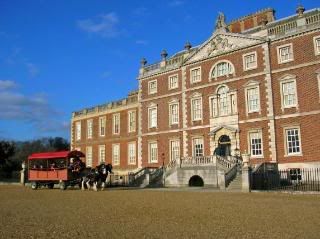
The National Trust website describes it as a “magnificent 18th century house with fine interiors and fascinating servants quarters…set in an extensive wooded park complete with a Gothic folly and serpentine lakes. First built in 1643 and much altered by subsequent owners, Wimpole has developed into the largest country house in Cambridgeshire. Wimpole's owners employed noted architects of their day to make alterations to the Hall.”
When we arrived at Wimpole for the Victorian Christmas celebration, we discovered that half of Cambridgeshire’s residents had thought the same thing as us, and were all out in force to experience the festivities.
Wimpole was very well set up for children, with activities in the hall, animals to look at in the farm, a playground, a toyshop, Father Christmas and a horse drawn cart to ride in from one attraction to another.
After paying our entrance fee, we first went to the hall. Only the downstairs rooms and basement were open, but they had been decorated in authentic Victorian manner. Under the stairs was a Kissing Bough draped with mistletoe, and in the parlour was an enormous Christmas tree complete with Victorian decorations – though in deference to Health and Safety regulations, the candles were electric rather than naked flame. Unlike our modern glass and plastic baubles, the tree was hung small presents such as dolls, candy sticks and scented bags.
The Christmas Tree had been quite a recent addition to Victorian England, having introduced to Windsor by the royal family, who drew on their German origins which included the custom of having a Christmas tree.
The dining room was likewise decorated with Victorian paraphernalia, and the dining room table looked quite magnificent set out in the best Victorian china, glassware and cutlery. Rather than turkey, the dish of honour was a Boar’s Head, braised in herbs, spices and wine, and stuffed with truffles, rabbit, chicken or partridge. Personally, we would prefer the turkey! Downstairs the housekeeper’s room, butler’s pantry and servants’ hall were open, and each offered activities such as making a lavender bag or writing with a feather quill. The small family chapel was also open, and like a lot of Victorian design was busy, colourful and ornate.
People dressed in period costume were on hand to give information, and also wandered around the hall and grounds staying in character as they went. Each of the stall or shop attendants were also dressed in Victorian garb, which added to the enjoyment of the day. The shops were located in the old stable block, and as well as the normal National Trust shop, there were sellers of roast chestnuts, mulled wine and mince pies, fudge and elegant walking sticks. Much to Elizabeth’s delight, there was also a farm shop, where the late lamented produce of the farm could be purchased for consumption. Visitors were also entertained with a brass band.
Next, we ventured into the grounds (they were enormous) and admired the formal gardens and the haha (the ditch in the lower left of the next photo).
After this, we spent some time wandering around the farm, which the National Trust website describes as follows:
“Built over 200 years ago and first opened to the public in 1983, Wimpole Home Farm, is a working farm set amidst both thatched farm buildings and modern farmyards. It is home to many rare breeds of sheep, cattle, pigs, poultry, horses and goats which are rarely seen on farms these days and is one of the Rare Breed Survival Trust's Approved Conservation Centres.”

We made the acquaintance of a number of these rare breeds, including Longhorn, Gloucester, Irish Moiled, White Park and Shetland cows, Tamworth and Gloucester Old Spot pigs (including several litters of piglets), Leicester Longwool, Norfolk Horn, Whitefaced Woodland, Manx Loghtan, Portland sheep, and pygmy goats, a number of chicken and rabbit breeds, moor ponies and shire horses.
We also explored the old dairy and thatched barn and granary.
After supporting the National Trust further with the purchase of books, gifts and bacon, we then had lunch in the old rectory, where we ate the relatives of the creatures we had just recently met. They were delicious, as were the fresh vegetables from the Wimpole’s kitchen gardens.
Bassingbourn and Steeple Morden
We then made our way to another village, Bassingbourn, where we were in search of more headstones. This was another lovely village, with a large stone church, tudor houses, and a small village green.
The parish church of St Peter and St Paul dates from the 14th century, though has had many alterations to it over the following years.
The village has quite an interesting history, starting in Norman times, and has had it fair share of divisions, including those between reformers and Catholics, royalists and parliamentarians, and church and chapel. One unfortunate consequence of this particular argument was the case of the "unburied child" in 1840.
This is the story as found on http://www.bassingbourn.org/ (accessed 17/12/07). “Dissenters were by then allowed to baptise their own but not yet to bury them. This poor unfortunate child had been baptised at the Meeting House, and because of this the vicar at the church refused to bury her. The controversy and litigation went on for five years, with the body taken to the churchyard five times before she was finally buried, by the Whaddon vicar, early in 1845.”
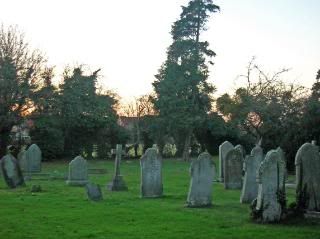
Our last stop was Steeple Morden church, which was located in the tiny village of the same name. One of the most notable things about this village was that up until the 1950s, it boasted no less than eight pubs. Now only one pub remains - the Waggon & Horses, which is located opposite the Church.

This reminded us of St Barnabas in Sydney, which was opposite a well-patronised pub, the Broadway Hotel. The publican and priest of each of these establishments frequently engaged in a noticeboard war and it became a talking point throughout Sydney. An example of one of these exchanges read:
St Barnabas: "This church is for sinners"
Broadway Hotel: "This pub is for drinkers".
A statement of the obvious, perhaps?

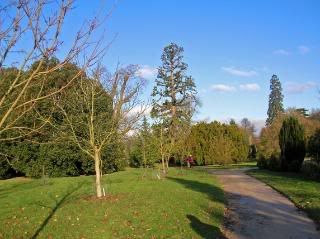
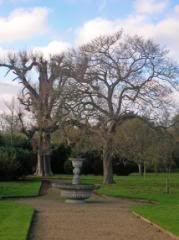


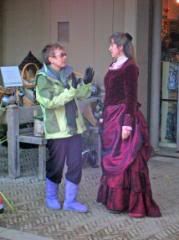

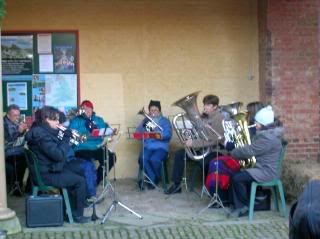
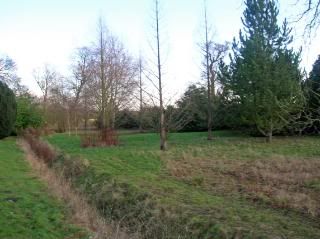
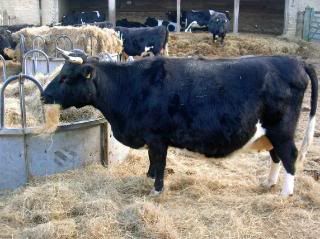
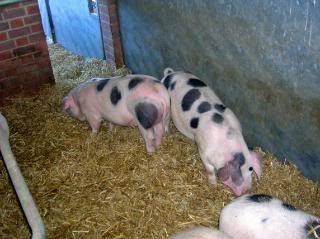
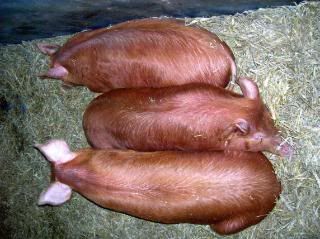
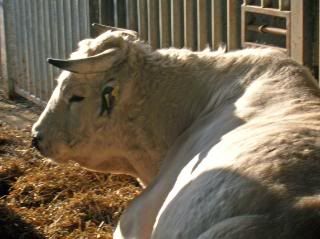
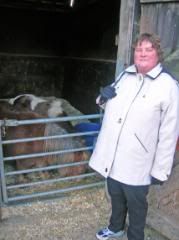
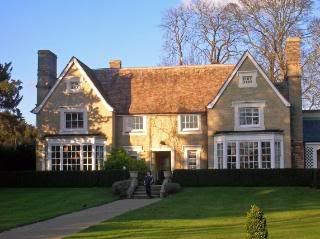

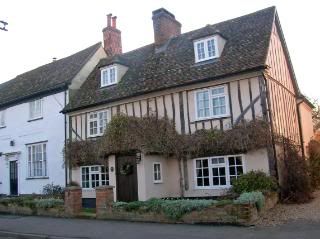
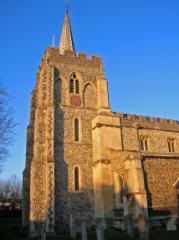
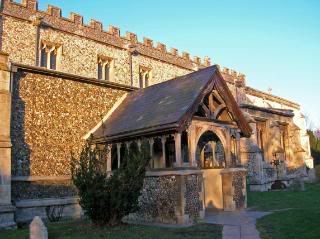

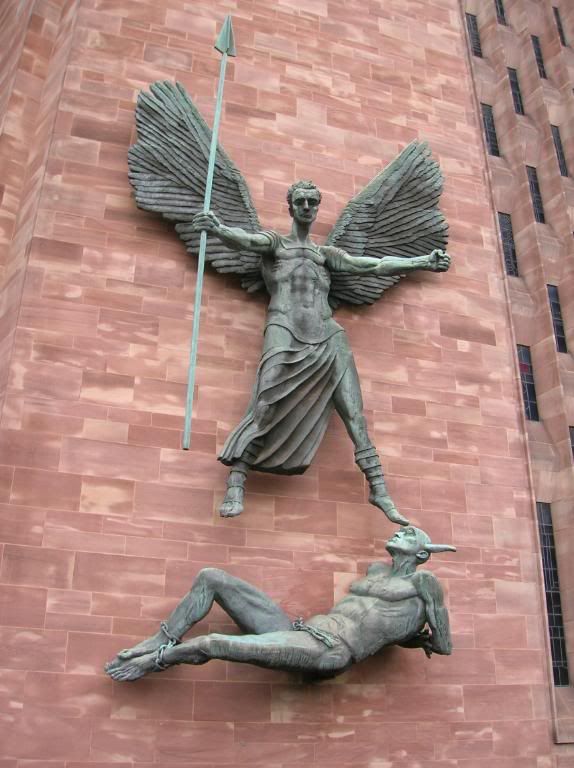

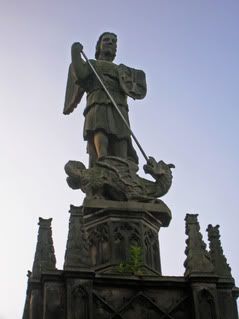
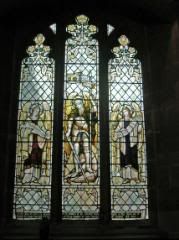
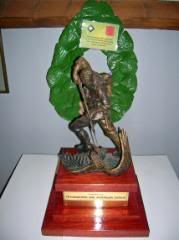
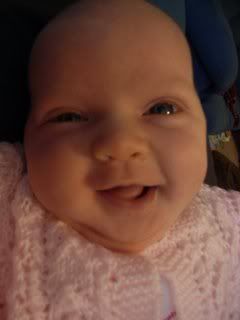
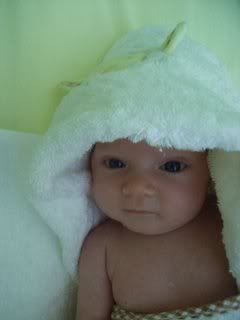
1 comment:
I am so enjoying reading your blog. Thanks for sharing these photos of Bassingbourn and for the cemetery visit on my behalf.
Post a Comment